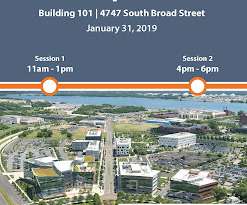Indiana BMV Builds on Three Pillars to Drive up CX
GovLoop
JULY 27, 2023
“I used to say that people went to an Indiana Bureau of Motor Vehicles office with a box lunch and a copy of ‘War and Peace’ and hoped not to finish both of them before somebody noticed they were there,” Daniels said in a 2015 interview with Reason magazine. percent” in 2008, according to a study by the Sagamore Institute.











Let's personalize your content